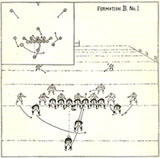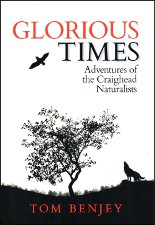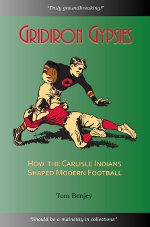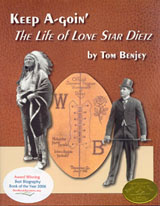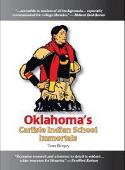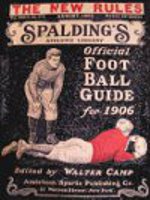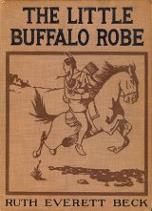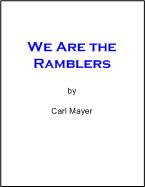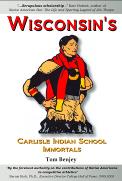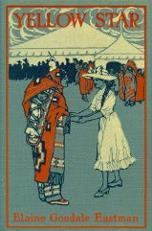After posting the information contained in Part 1, I received the following advice in an email message from someone I don’t know: “Reach out to Facebook.sec@mail.com”
I sent the message string from Part 1 to the address above. Follows is the message string that resulted.
From: Facebook.sec@mail.com <Facebook.sec@mail.com>
Sent: Friday, February 09, 2024 12:05 AM
To: tom@tuxedo-press.com
Subject: Re: Facebook security problem
Hello welcome dear, we got your complaint and we plead for the inconveniences this may have caused, we will get this in progress and get a review may we know when did this happened?
I responded with the following:
This happened between December 14, 2023 to February 3, 2024.
From: Facebook.sec@mail.com <Facebook.sec@mail.com>
Sent: Friday, February 09, 2024 12:52 AM
To: tom@tuxedo-press.com
Subject: Re: RE: Facebook security problem
OK kindly send the necessary information linked to the account
Username /email address linked to the account and also the URL link of the affected profile
I responded with the following:
It doesn’t look like you have read my initial email. My account was linked to the email I’ve been communicating to you with. Because Facebook canceled me I cannot logon and get the URL link for the profile. I’m beginning to think Facebook doesn’t take security seriously.
From: Facebook.sec@mail.com <Facebook.sec@mail.com>
Sent: Friday, February 09, 2024 8:06 AM
To: tom@tuxedo-press.com
Subject: Re: RE: RE: Facebook security problem
Okay you will have to purchase an access account ownership pass for $200 which is fully refundable after you have gotten access to your account…
I responded with the following:
You’ve got to be kidding me. I have given you the email address associated with my account. Your technicians shouldn’t need anything else. I’m not going to give Facebook a nickel because of their incompetence.
From: Facebook.sec@mail.com <Facebook.sec@mail.com>
Sent: Friday, February 09, 2024 9:29 AM
To: tom@tuxedo-press.com
Subject: Re: RE: RE: RE: Facebook security problem
It’s refundable after your access
Sent using the mail.com mail app
I responded with the following:
I do not trust Facebook to do that after the treatment they have given me. This security problem is of their own creation, probably through incompetence. My money isn’t needed to unlock my account and I have doubts that unlocking it is even necessary.
<To be continued>













